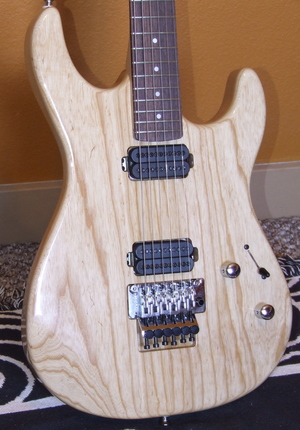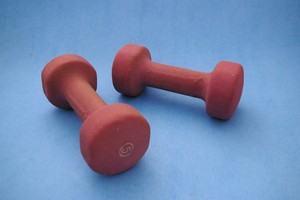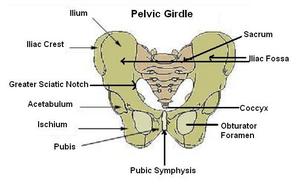It’s not easy for an instrument to impress me. It has to survive dozens of rehearsals and gigs unscathed before I am ready to even think of giving it my seal of approval. Over the past two years, the Carvin Bolt Plus C guitar has earned my approval for everything but its awkward name. I selected Carvin because it offered several models and options that I could choose to create a guitar to suit my needs. I also considered the Jackson SL3 and the Ibanez S Prestige. I found the S Prestige an outstanding instrument, too, but dismissed it because it lacked fretboard markers. It was also $300 more than the Carvin – and the Carvin is made in the United States. Let’s take a look at the Carvin Bolt Plus C’s features, performance and areas where it could actually improve.
Choose Your Features – No Clones Here
Guitarists can tailor many elements of Carvin’s models to their liking. Rumor has it there are even options not mentioned in the catalog – you have to call the sales staff for the latest. But I didn’t need anything that fancy: I chose a clear-coated swamp ash body, a maple neck with a rosewood fretboard, two humbuckers, a Floyd Rose tremolo, a 14-inch fretboard radius and jumbo Dunlop frets. That all adds up to a no-frills, all-action guitar for hard rock and heavy metal.
Seven weeks and $950 later, it was at my doorstep, tuned a half-step down from A440 in a fitted hardshell case. I did a very close inspection and found no finish flaws, and a few nice touches that seem to be stock: On the back, the access panels to the electronics have threaded inserts for the screws. This means you don’t have screws biting into the wood. Also, the cavities are shielded with copper to reduce interference. The body features Dunlop Straplocks, too. Finally, the guitar includes Sperzel locking tuners. They’re not really necessary for Floyd Rose-equipped guitars, but they drastically cut down the time needed for changing strings.
With its flat fretboard radius and satin neck finish, the Carvin is a fast-playing guitars. There’s absolutely no resistance in playing fast runs up the neck. The action is nice and low, with no fret buzzing. It’s a bright-sounding guitar, loud even while unplugged.
Plug It In
When I plugged it into my THD Univalve, it absolutely roared with a midrange heavy sound. I’ve also played it through a Carvin MTS head driving a Peavey 5150 cabinet. Even in that configuration, the Bolt Plus C has a pronounced midrange, perfect for pronounced, articulate solo lines. But it can also chug competently on palm-muted power chords.
And here’s another example of Carvin sweating the details – on my Charvel guitars, which have an uncountable number of rehearsals and many gigs to their credit, I’d often hit the volume knob with my right hand, turning it down by accident. The Carvin’s volume control is just far enough that I have never inadvertently turned the volume down. Is it a small detail? Maybe. But it’s also convenient and smart – and when you add those little details, they make a big difference.
Some Ways to Make it Even Better
The stock Carvin C-22 pickup was a bit shrill to my ears. It would sometimes give a piercing whistle if I allowed the guitar to feedback. I replaced that with a Stan Hinesley Rogue, which allows feedback to turn into a nice, musical note rather than a shrill tweet. I would also love an option for a Jackson-style 12-16″ compound radius fretboard. One final thing – I like the Floyd Rose Orginal locking tremolo. I depend on it. But I’d really like to see an option for the Ibanez Zero Resistance tremolo. While testing the Ibanez S Prestige, the fluid feel of the ZR tremolo blew me away. I wish it appeared on more guitars in addition to a handful of Ibanez offerings.
I also seem to break more strings on the Carvin, but I think that’s because it takes the biggest pounding of all my guitars. Speaking of strings, I didn’t like the stock strings, which are Elixir Nanowebs. They had an odd, oily texture and seemed dull and lifeless. For some reason, they didn’t like to give up pinch harmonics. D’addario do not seem to have the same problem.
Wrap it Up
It’s been two years. During that time, the Bolt Plus C has become my favorite guitar. It’s the one I reach for first for gigs. I spread my playing time around to the Charvels for practice and rehearsal, but they are only for backup at live shows.
The bottom line is this: When I buy my next guitar, Carvin’s Bolt Plus C will be the model the competition will need to beat. Between its value, playability, tone and country of origin, that’s a tall order.





